
Meet Steven Bradley Glicksman, a man endowed with a variety of talents. From a structural Engineer (like
myself), to a brilliant artist (like
Vincent Van Gogh) to an exceptional web designer (like himself), he has been through everything under the sun. He specialises in building usable websites and marketing old ones.
The following is an interview with him, Read more as he narrates his journey and explains his secrets. Learn about the web sphere itself as he talks about programming, JavaScript, HTML5 and his favorite, web design.
General
Mohit- You have blogged about nearly everything under the SEO umbrella from social media, search engines, web Design, blogging, CSS, gadgets, Jquery to templates, themes and Social networks. What is the genre that interests you and is it different from the genre that your readers like to read?
Steven- I'm interested in all the topics you mentioned. I'm primarily a web design and developer so if I have to narrow down to a favorite topic it would be any that fall under design and development. I don't that I could narrow it further than that. When I first started blogging I tried a lot of different topics since I wasn't sure what I wanted to write about. The marketing and seo posts were easier for me to write at the time, so I wrote more of them. After a few years though I realized I should be writing more design and development posts and so now those are the ones I write the most.
I think the majority of my readers are most interested in the design and development topics, though I know some of my readers are from the days when I wrote more about marketing and seo. I still mix up the topics here and there since I think they're all connected and usually people interested in one of them are interested in several of them.
Mohit- You have a degree in History, How did you end-up with website design and development? Also what advice would you give to people like you, trying to steer their careers towards web sphere.
Steven- I do have a degree in History and also one in Civil Engineering. I wouldn't necessarily recommend people get either degree if they want a career in web design, though if they're interested in either there's nothing wrong with getting those degrees. When I was younger I really didn't know what I wanted to do. I started out as an Engineering student, changed to the History degree, and a few years later decided to finish the Engineering degree I had started. Within a few years of graduating I wasn't using either degree.
I worked a series of jobs for a few years. Nothing special or related to the degrees or anything design related. Eventually I found myself working for a company that was producing ebooks long before anyone cared about ebooks. They were taking print books and putting them online and there was a lot or markup involved. The code wasn't html, but it was similar and I found it easy to read and search through.
This was in 2,000 during the dot com era and while I was working for this company the bubble burst. I could see before too long I probably wouldn't have a job so I began teaching myself how to build websites starting with html and css. At the same time I took some continuing education classes at the university here in Boulder and earned certificates in web design and c++ programming. Through the classes I met someone who got me a job testing software with his company. IBM later bought the company and since our office was working on a product that duplicated something IBM already had, the product and most of us were without a job.
A friend of mine lost her job not too long after and together we decided to start a freelance business. She eventually decided to do other things, but I really enjoyed creating websites and have stuck with it ever since.
On Blog Posting
Mohit- You have been blogging since July 2006, you must have had hardships. What is it that keeps you going?
Steven- There have definitely been hardships. I enjoy writing, but there have been times the last thing in the world I wanted to do was write a blog post. In fact some time in 2008 I stopped writing for awhile. I felt a little burnt out and didn't know what to write about. After a few month break I came back writing more about design and development and haven't looked back.

I have a process in place now (Read about
steven's Blogging process) that pushes me to keep going even when I don't want to write. It helps me generate a long list of ideas and also helps me get a little bit ahead on my writing. When things are going well I'm usually 3-4 weeks ahead of schedule. That allows me to take some time off if I need to and still keep the blog running without anyone noticing my time away. However, I think what keeps me going the most is that I really enjoy writing. I get a lot out of it. I often write about topics I want to learn myself. By writing about these topics I can put my research and experimentation to use. It saves time while i get 2 things done at the same time.
I also like giving back. I try to write the kind of posts I wish were available when I first started learning. Hopefully some of the things I've written have helped others.
Mohit- What is your all-time favorite post?
Steven- I'm not sure I could pick a favorite or even have one. Oddly some of the posts I thought turned out really well ended up falling flat with my audience and other posts I rushed to publish and didn't like much were shared everywhere and continue to draw new traffic all the time. I wish I understood why that happens.
Right now this post on
vertical centering is easily the most visited one on the site and I do think it turned out well. I wouldn't call it my favorite though. I think my favorite post is one I still haven't written yet, but here are links to 3 series I think turned out well. The first two I like more because of what I learned while writing them. The topics taught me a lot about design.
The last series is one I wrote last year sharing my experience in redesigning my site. I enjoyed being able to share some of my thought process for good or bad so my audience could get some insight into how I think. I wouldn't tell anyone my thought process is one they need to follow, but I think the industry could use more posts like these where people do share how they think about things
Mohit- Your articles are always dripping with originality and detail. How do you get the ideas and organisation to write them?
Steven- One of the links above takes you to a series on my blogging process which will go into this in greater details. I'm always writing down ideas as they come to me. It doesn't matter how dumb the idea might seem, I collect it and create a blank post for it. Over time I add notes and resources to these blank files and fill them up with ideas for where the post can go. Sometimes I'll combine several ideas into one or break one idea apart into several. I'm not sure if they're always the most original, but I try not to write about the same things I see everywhere. I do get ideas from other people though and quite a few posts originated with an idea I had after reading someone else's post.
The more you collect ideas and periodically review them the more you connect various ideas into something new. The detail usually comes from a lot of research. I like to get in-depth when writing about something. Too many things I read leave out all the important details. You try to follow a tutorial and so many important details are missing they can't get to the end. Or sometimes people make a lot of assumptions about what you know and I often don't know the things they think I know so I get lost. I try not to have others feel that way reading my posts. I want to be thorough and before someone can ask the question I want to already have it answered if I can.
On Work
Mohit- You have a string of impressed and satisfied customers, How do you manage it? Is it your fees, your way of working or something else?
,+It+helps+me+do+a+better+job.bmp)
Steven- Don't tell anyone, but there has been the unsatisfied client here and there. I think my fees are reasonable, but I doubt they're the reason people walk away satisfied when they do. I think it's more than I try my best to leave my clients happy.
Usually while building there site we have a lot of contact. A few phone calls and a lot of email. I tend to give a lot of updates. I think all the communication it helps clients get to know me and me get to know them. It helps me do a better job because I my sense of what they want grows all the time making it easier to give them a site they're happy with.
From their end I hope they can see that I am doing everything I can to give them that site.
Conclusions
Mohit- Having been in the blog atmosphere for so long, you must have seen the rise and fall of many webmasters and websites. What advice do you give to passionate amateur web designers?
Steven- I have seen a lot of people rise and fall. I think the most important thing to do is keep at it. Everyone is going to rise and fall. The best web designers will have weeks without work and months where they can't think of anything to write. You have to realize and accept it will happen and not let it stop you from continuing. I have a list of projects for myself I want to get to so when client work slows down I can put time into one of my projects or learning about a new topic. Learning something new always seems to revitalize me and working on projects for myself is fun, because I can usually experiment more than I can with a client project.
Know that you're going to have failures along the way and that's a good thing. Failure helps you learn for the next time. In fact the only time you really fail is when you fail to learn from your mistakes. See all the downtimes and opportunities to understand how to succeed better and keep improving a little each and every day.
Further Reading,
Feel free to browse through the archives of Vanseo Blog
here,
If you’re looking for a new website, a redesign of an existing website you visit his
contact page.
This was an exciting


















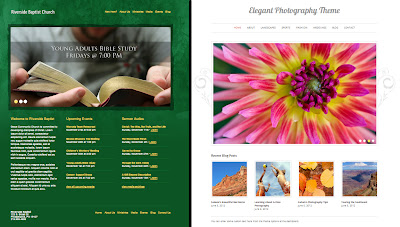



,+It+helps+me+do+a+better+job.bmp)

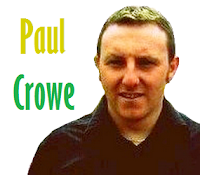







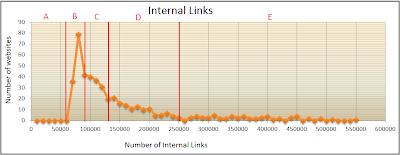

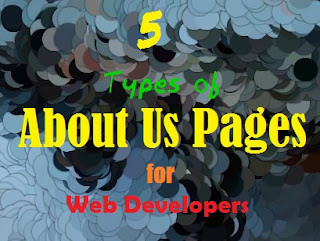
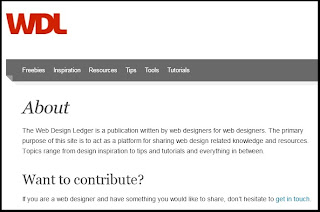
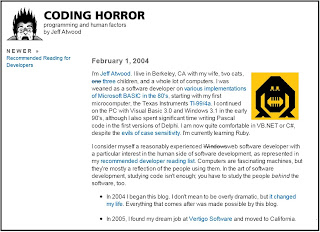
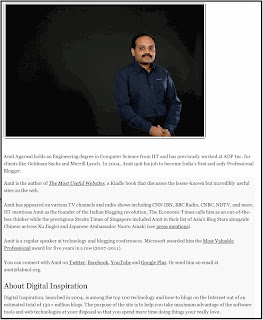

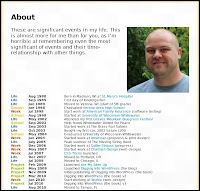









.png)

.png)